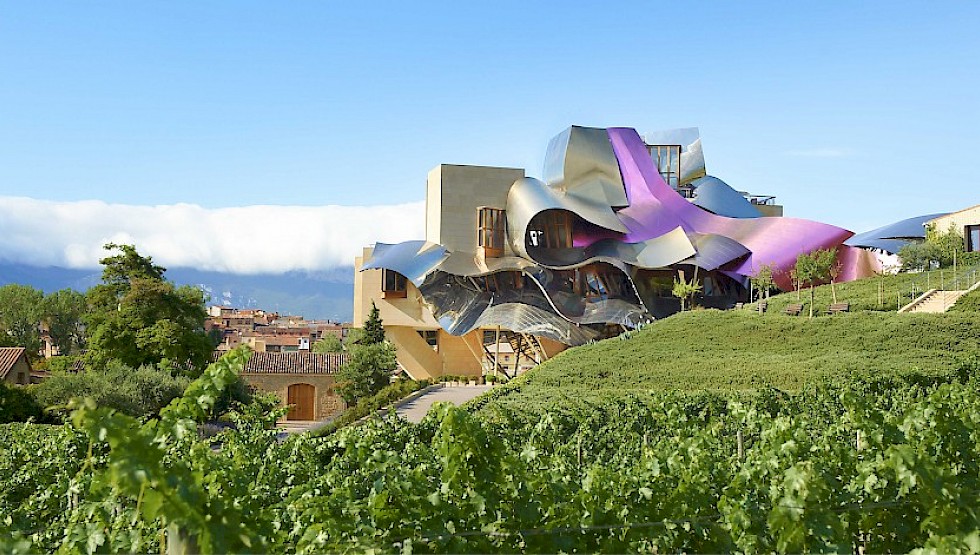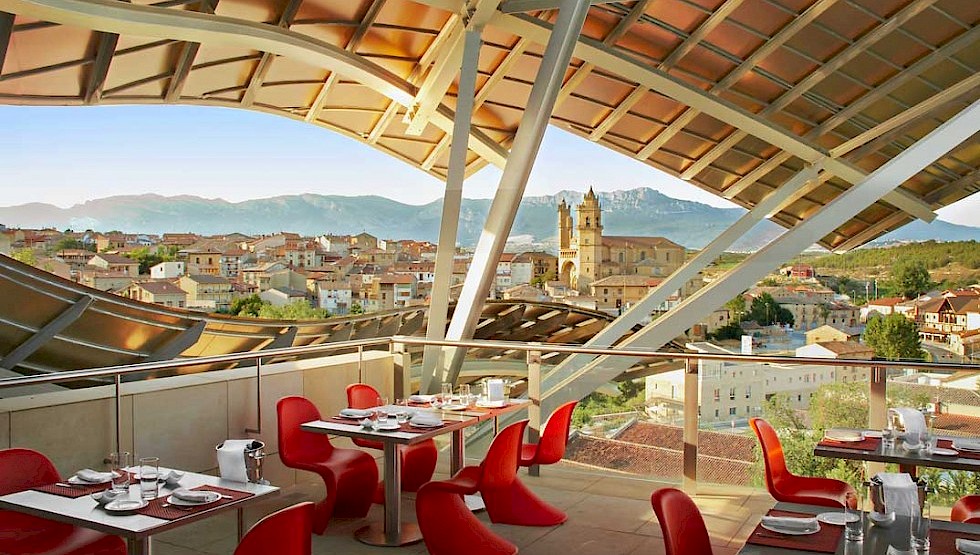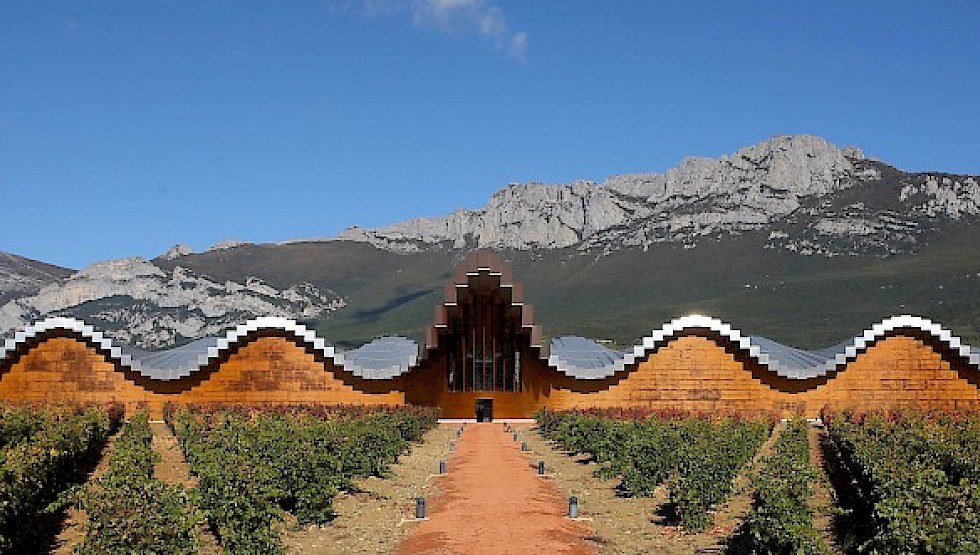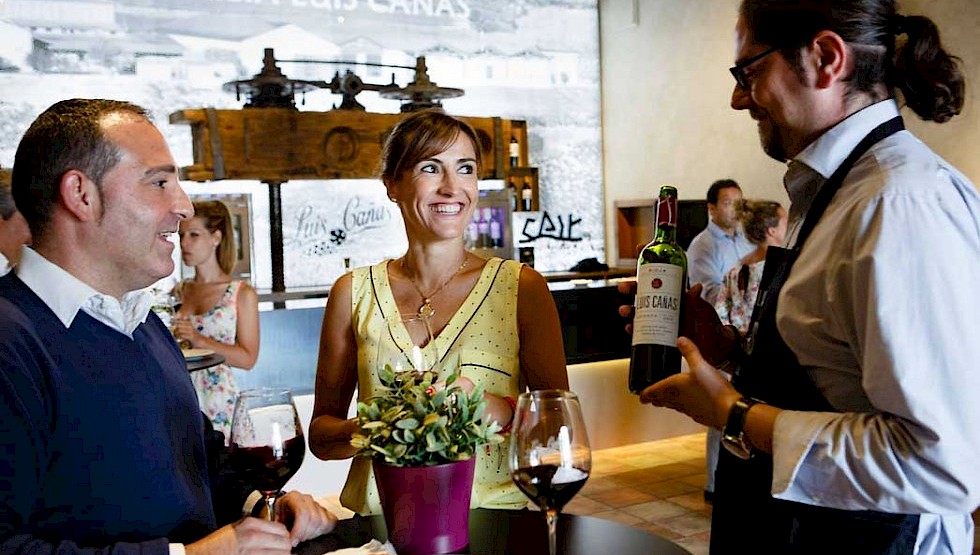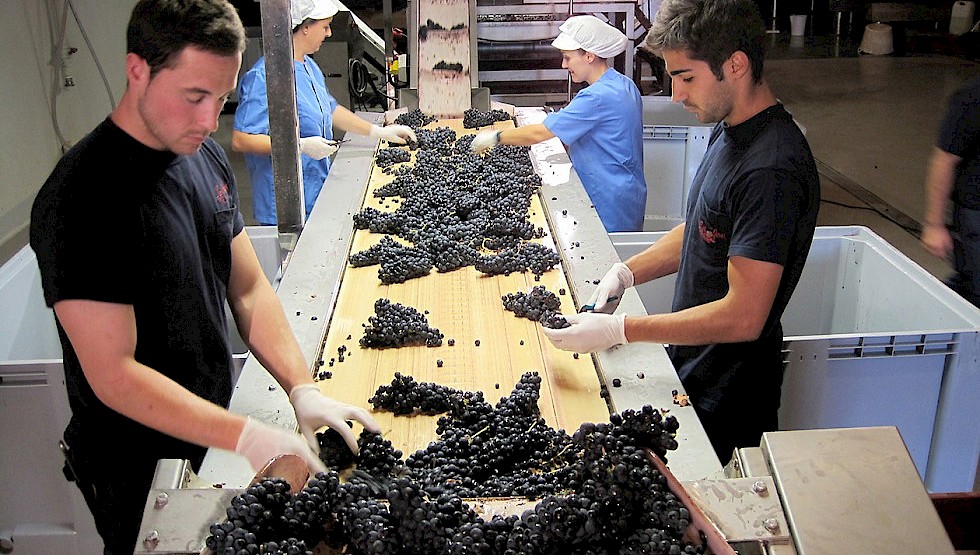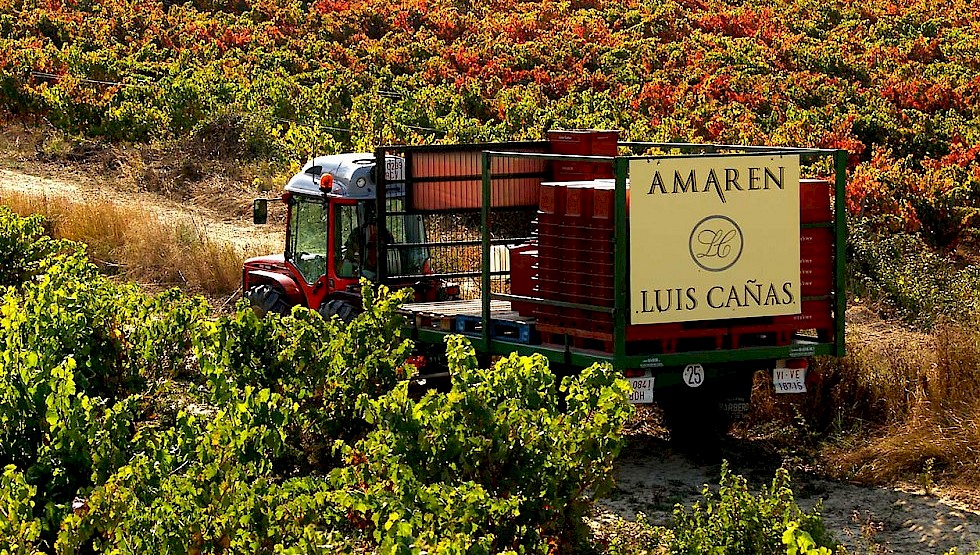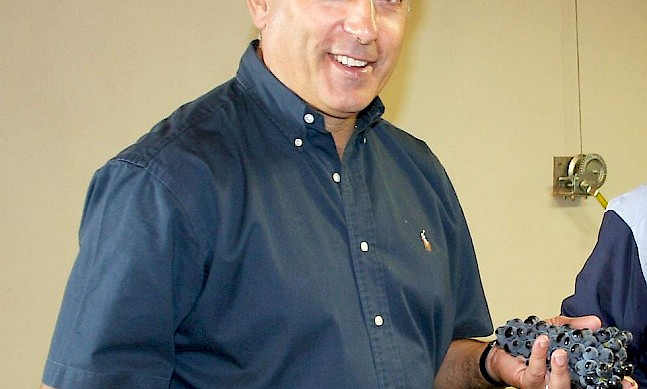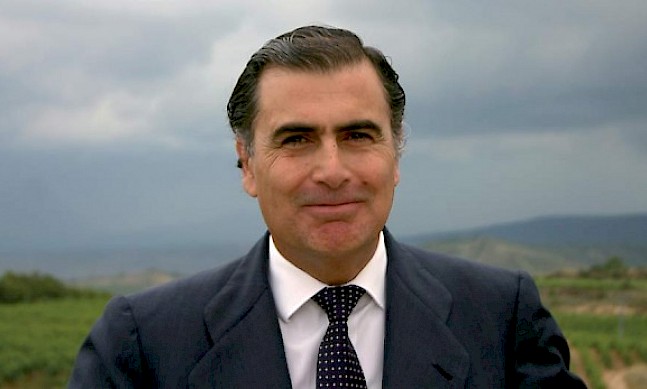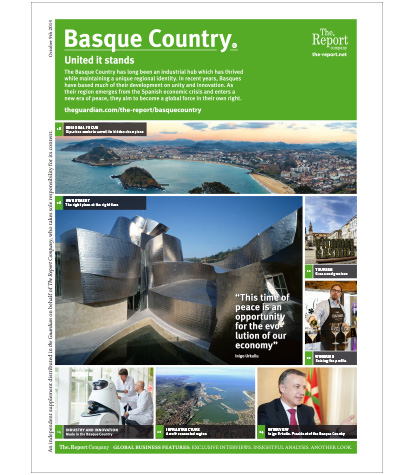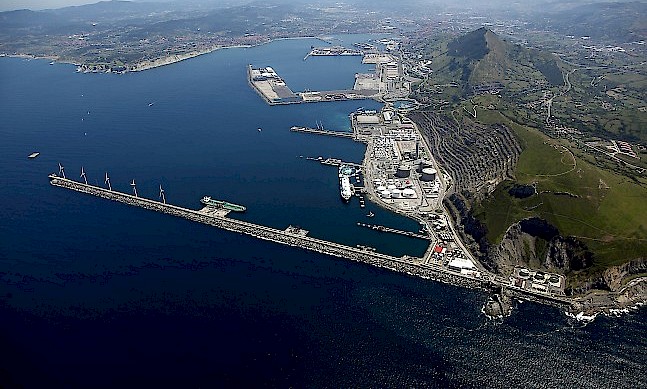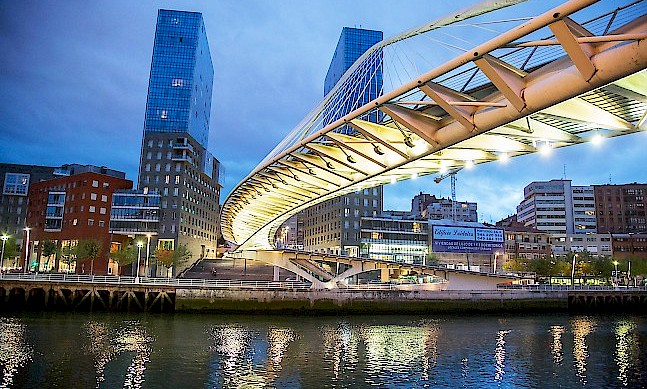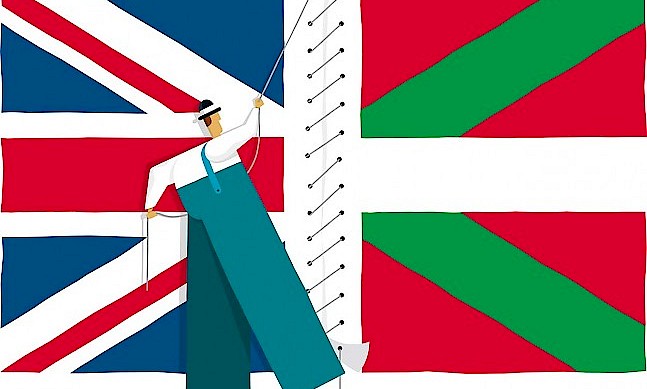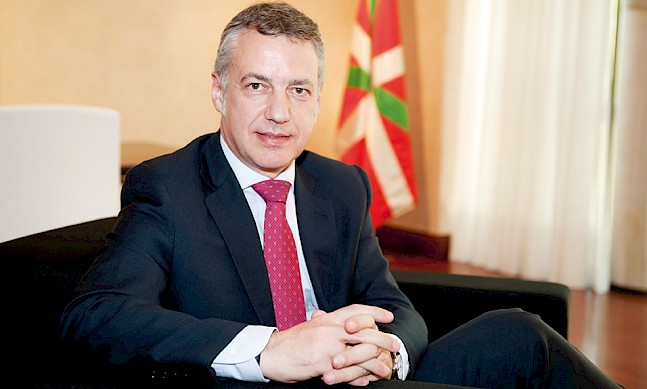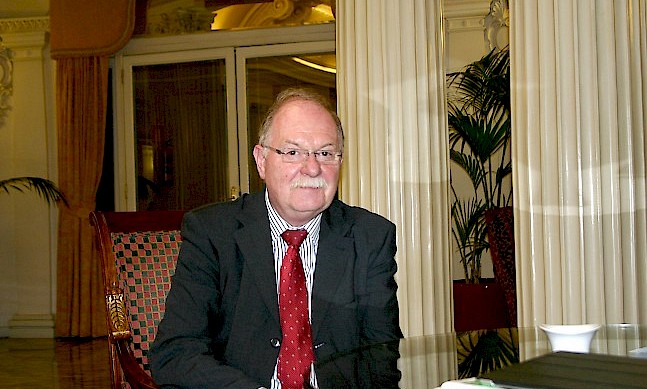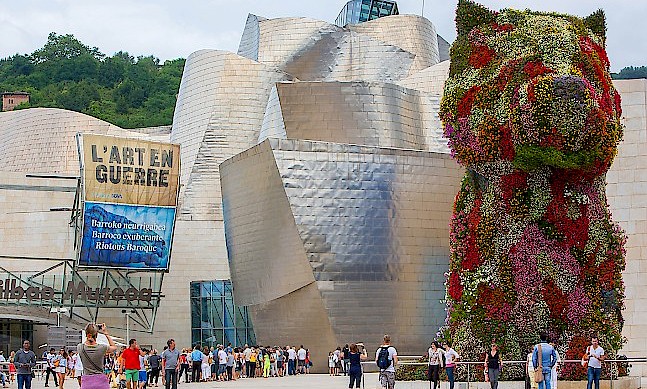The Basque Country’s segment of the Rioja wine region is taking viticulture to a new level with a strong focus on innovation while carefully maintaining the vineyard traditions that brought it its fame in the first place.
Rioja is known to wine lovers all over the world as a place of old vineyards producing rich, warm reds. Now, especially in the Basque portion of the territory, it is witnessing a pioneering quest to create new wines using a blend of modern technology and timeworn skills, as well as seeking different ways to bring viticulture closer to people and breathing fresh life into a tradition that stretches back thousands of years.
Rioja as a designation-of-origin wine area straddles three Spanish regions: La Rioja, Navarre and the Basque Country, with the latter part being known as Rioja Alavesa after the southernmost Basque province of Alava. The Marques de Riscal winery is Rioja’s oldest and, as its chairman Alejandro Aznar explains, the firm is responsible for the development of the region as a world-renowned producer of excellence. “The Marquis of Riscal, who was exiled in Bordeaux, learned the techniques of ageing wine that he brought back to his vineyards, transforming wines from Rioja into a modern concept: aged, French-style wine in the 19th century.”
“What distinguishes us is our faith in the vineyard rather than the winery”
Juan Luis Canas Chairman of Bodega Luis Cañas
Tweet ThisAnxious to lead the way into the 21st century, Aznar’s firm reacted to the stunning success of the Frank Gehry-designed Guggenheim Bilbao art museum by asking the Canadian-American architect to work on a project. The aim would be to involve visitors in a celebration of Rioja winemaking techniques, the Alava landscape and vineyards, great Basque cuisine and, of course, the wine itself. “When we saw what was going on in the New World and how they presented viticulture to the public, we knew we needed to move from the 19th to the 21st century,” says Aznar. “We needed to start from zero. The Guggenheim put Bilbao on the map. Why not try to bring Riscal to the whole world through architecture too?”
The spectacular ribbon-roofed City of Wine hotel was opened in 2006 and offers guests the opportunity to breathe in the still air in Marques de Riscal’s old cellars, combine local wine with Michelin-starred cuisine at the restaurant, and even enjoy beauty and anti-stress treatments based on the natural properties of the grape and wine in a vinotherapy spa.
The Ysios winery, where Luis Zudaire is committed to a range of research activities, including the development of experimental blends and investigating different oak varieties for barrels, also took the plunge into modern architecture. Its bold design by world-famous architect Santiago Calatrava evokes a row of barrels under a wavy aluminium roof.
“A world-class tourism experience is being created in the Rioja Alavesa”
Gregorio Rojo Chairman of the Alava Chamber of Commerce and Industry
Tweet ThisThis emergence of modern aesthetics amidst ancient vineyards and beautiful hilltop villages such as Laguardia creates an attractive environment that the region’s business community is eager to exploit. Gregorio Rojo, chairman of the Alava Chamber of Commerce and Industry, recognises that a “world-class tourism experience” is being created in the Rioja Alavesa, a patrimony which the Basque Country government has recently awarded protected status.
For his part, Juan Luis Canas, the chairman of Bodegas Luis Canas, accepts that innovative techniques are important, but argues that it is even more vital to pamper the vines that are the basis of his winery’s internationally renowned reserves.
“What really distinguishes us is our faith in the vineyard rather than in the winery. That is to say, we believe more in the grape itself than in the process that comes after it,” Canas says, adding that no herbicides or synthetic fertilisers are used in his vineyards. Bodegas Luis Canas’ standout product is Hiru Tres Racimos, a wine made with grapes from vines which are at least 60 years old. “We look for vines with as few as one, two or three grape clusters. This creates a wine for connoisseurs,” says the winery chief, who also acknowledges the importance of tie-ups with top chefs such as Ferran Adria.


